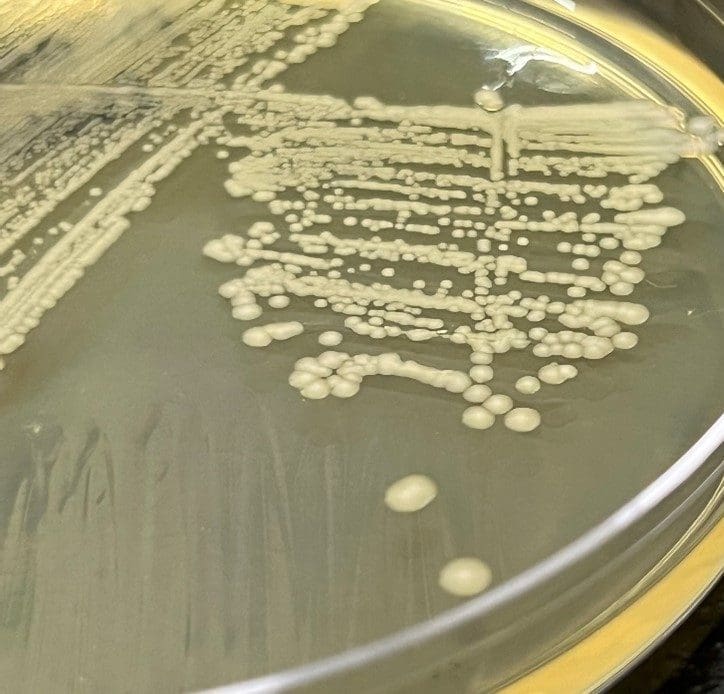
Get A Testing Quote
Klebsiella aerogenes
STRUCTURE AND PHYSIOLOGY
K. aerogenesis a gram-negative, rod-shaped, motile bacterium common to the gastrointestinal tract of humans. It is generally not pathogenic in healthy individuals. K. aerogenes was originally classified as Enterobacter aerogenes until its recent reclassification.
TRANSMISSION AND DISEASE
These bacteria can cause illness, such as sepsis, in hospital settings or in otherwise immunocompromised individuals. Infection with K. aerogenes can be the result of certain antibiotic treatments, insertion of venous catheters, or surgical procedures.
DISINFECTION
K. aerogenes is susceptible to most antibiotics that are targeted for this type of bacteria; however, it has shown an ability to readily acquire resistance to antibiotics. This complicates the treatment of infections due to K. aerogenes, which usually require multiple alternating antibiotics.
NOTES
K. aerogenes is gaining attention for its ability to produce hydrogen, a clean source of energy, in comparatively large quantities even in more acidic conditions.
REFERENCE(S)
Tindall, B. J.; Sutton, G.; Garrity, G. M. (2017). “Enterobacter aerogenes Hormaeche and Edwards 1960 (Approved Lists 1980) and Klebsiella mobilis Bascomb et al. 1971 (Approved Lists 1980) share the same nomenclatural type (ATCC 13048) on the Approved Lists and are homotypic synonyms, with consequences for the name Klebsiella mobilis Bascomb et al. 1971 (Approved Lists 1980)”. International Journal of Systematic and Evolutionary Microbiology. 67 (2): 502–504.
Asadi, Nooshin; Zilouei, Hamid (March 2017). “Optimization of organosolv pretreatment of rice straw for enhanced biohydrogen production using Enterobacter aerogenes“. Bioresource Technology. 227: 335–344.
Jones, Ronald N.; Baquero, Fernando; Privitera, Gaetano; Inoue, Matsuhisa; Wiedemann, Bernd (1997). “Inducible β-lactamase-mediated resistance to third-generation cephalosporins”. Clinical Microbiology and Infection. 3 (s1): s7–s20.
Sanders, W.E; Sanders, C.C (1997). “Enterobacter spp.: pathogens poised to flourish at the turn of the century”. Clinical Microbiology Reviews. 10 (2): 220–41.
Share

